Releasing to Steam Early Access on January 14, Hyper Light Breaker is the long-awaited sequel to 2016’s Hyper Light Drifter and transitions the series from its iconic 2D pixel art style to an equally vibrant 3D world. Hyper Light Breaker players take on the role of a Breaker, tasked with venturing into procedurally-generated biomes in order to defeat enemies and collect new gear on their way to confronting the Abyss King. The ambitious roguelike from developer Heart Machine has already showcased plenty of impressive-looking footage of alpha gameplay.
Game Rant sat down with Lead Producer Michael Clark and Senior Designer Ben Strickland to discuss Hyper Light Breaker gameplay in more detail. They broke down some of the game’s core mechanics, the inspiration behind it, and the build variety on offer. This interview has been edited for clarity and brevity.
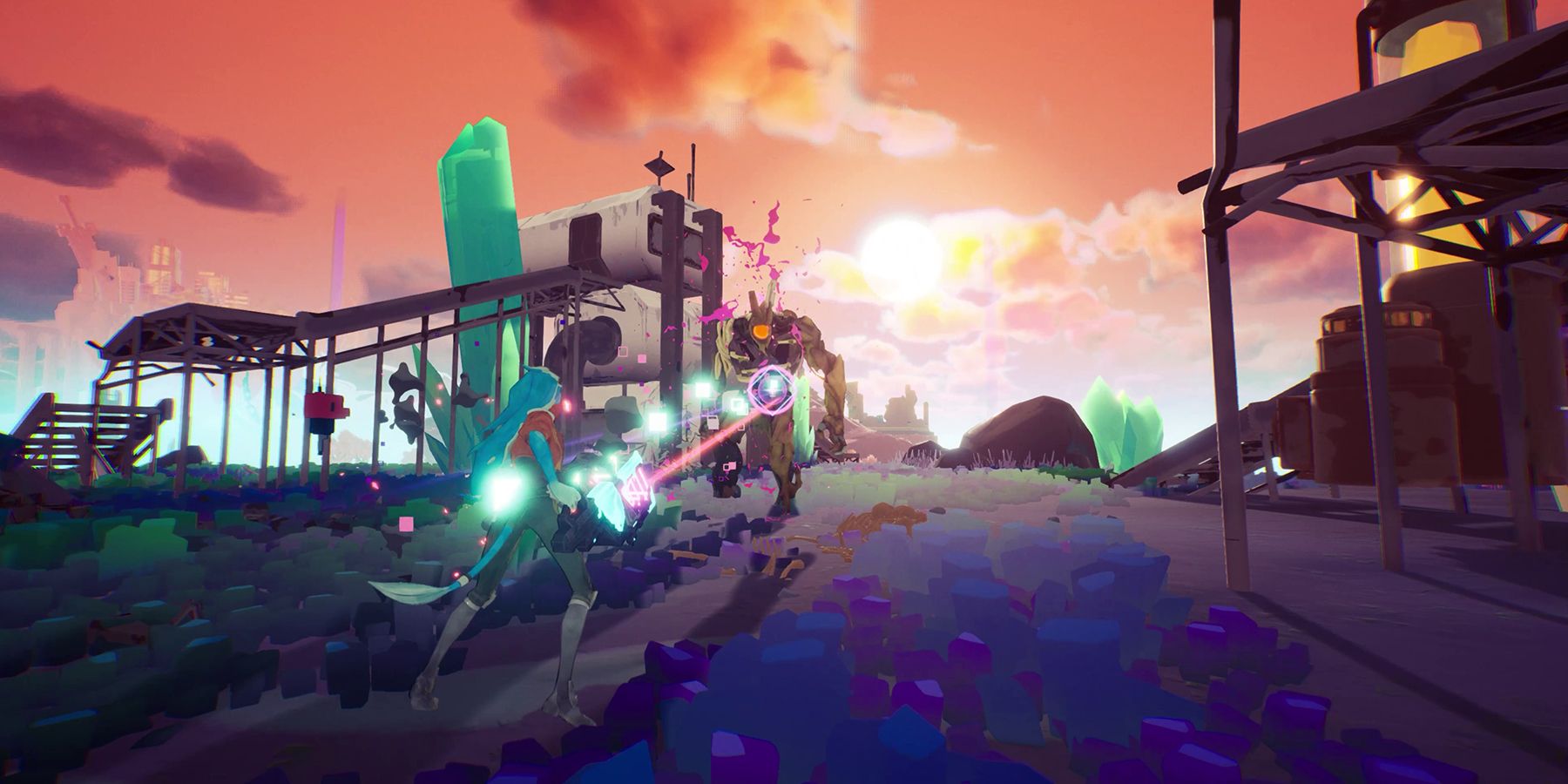
Related
Hyper Light Breaker Sound Designer Weighs in on His Process
Hyper Light Breaker audio lead Alex Johnson talks to Game Rant about how he designed the game’s dynamic audio and made sounds from scratch.
How Hyper Light Breaker Caters to a Wide Audience
Q: Hyper Light Breaker is introducing multiplayer gameplay. How do you balance cooperative elements with the original solo experience to ensure a cohesive experience?
Clark: We have difficulty scaling systems that dynamically scale things based on the number of players. You’ll see tankier, harder-hitting bosses, more enemies per enemy group, harder enemies in a group appearing earlier, harder extractions, etc. It’s important to us to treat difficulty scaling as something more than just stat-tuning – while sometimes stats are the right thing to be changing in order to change difficulty, these other elements create a better multiplayer experience that can’t be attained with just scaling damage numbers. Our process starts by finding something that feels right for solo players, and then using these tools to scale the difficulty up for multiplayer.
Q: Overall, how would you summarize Hyper Light Breaker’s gameplay loop?
Strickland: The game is broken up into cycles and runs. In every cycle, we roll a new map and populate it with monsters and treasure. The player’s goal for the cycle is to defeat the three Crowns (Bosses) and open the way to the Abyss King. Players can take multiple runs at the map, collecting gear and building themselves up until they either get strong enough to tackle the Crowns or die trying. At the end of a cycle, win or lose, we reset the map, but the player comes away with the means to buff themselves and improve their chances for the next cycle.
How Hyper Light Breaker Combines Open-World and Roguelike Genres
Q: Hyper Light Breaker is described as the first “open-world roguelike.” Can you talk about how you combined these two genres and what challenges(and successes) came from this hybridization?
Clark: We started with an “impossible problem” – a term for contradictory features in a game – open world games are about retreading spaces, learning them and becoming familiar, and approaching things at your own pace. Roguelikes are about fast action and disposing of everything and starting fresh.
Early on, we had a classic roguelike formula and found that even with a too-small world that captured none of the things we wanted from an open world – we still had too much game. One of the attractions of the roguelike genre is that runs are fast enough that you can do “just one more run” and not commit hours of your life to it. Speed running those early versions still took an hour+ to complete, and it never felt like an open world – again, in an open world, you are learning the space and recognizing features as you come back- all of that was absent.
In the fall of 2023, we decided we needed to make some radical changes. We wanted you to spend hours with each procedurally generated world, but we wanted a run to be short enough that you could do a few in an hour. Alx and I were chatting about this one night and I mentioned that whenever you die in an extraction game it feels similar to dying in a roguelike, and we started talking through how extraction could be the way to both capture the feeling an open world game and the highs and lows of a roguelike game. With that allowing us to decouple the scale of the world from the time it takes to complete a run, the team built a bespoke world that we experimented with until we had figured out what we wanted from a procedural open world. We wanted three things:
Space – the biggest frustration with our old model was the world was too small and too dense, it felt like you were Godzilla stomping through Disneyland – you’d frequently aggro several different enemy groups while fighting one. We made the worlds larger, giving us space between each element, allowing us to build bigger structures, etc.
Unique, memorable terrain – our early versions were built with multiple islands, and while each biome is vibrant and radically different in aesthetic, there just wasn’t enough space on those islands for big mountains, long beaches, etc.
Terrain that matters – this was the most important element. In early versions, we had undulating terrain, but you could always beeline your way over any terrain. It rendered all the world useless – you didn’t have anything to learn or remember or notice. You had no surprises. To accomplish this, our procedural generation team had to completely rethink and rebuild how we generate worlds. We built a new process that starts by laying out the key locations that players must always be able to reach – Crown Arenas and Prisms. We connect these key locations with paths. Then we generate our terrain, with mountains and cliffs and rivers. Finally, we take those paths and we use those to identify where we need to add a bridge, carve a switchback into a mountainside, or add some jump pads to give you a fast way up a sheer cliff face – if you can find them.
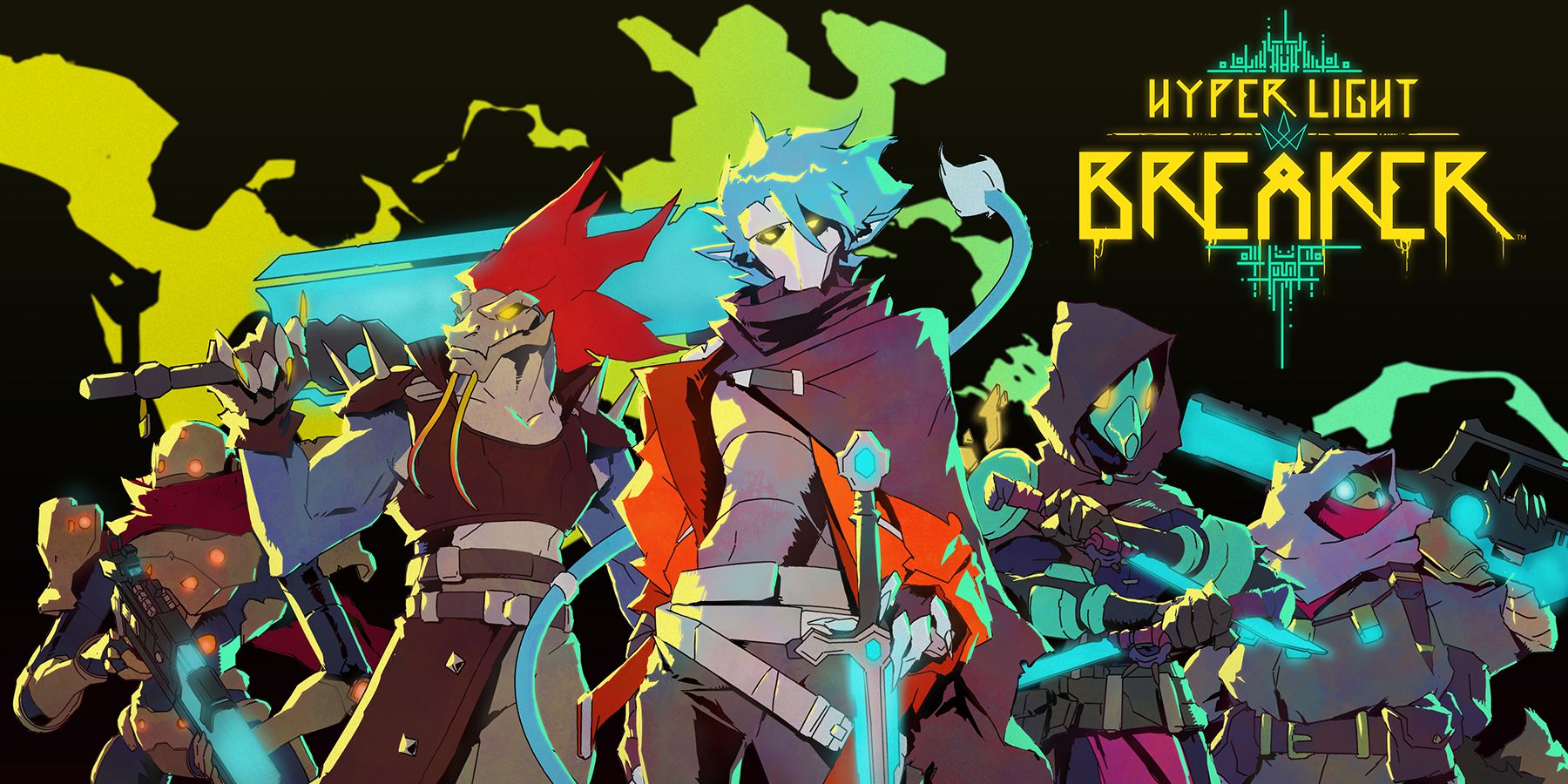
Related
Interview: Hyper Light Breaker Composer and Audio Lead Discuss Music, Sound Design
Game Rant chats with one of Hyper Light Breaker’s composers and the game’s Audio Lead about crafting the upcoming game’s unique soundscapes.
Hyper Light Breaker’s Inspiration and Approach to Hub World
Q: Were there any titles you looked to for inspiration when combining the two above genres?
Strickland: If I recall correctly, Risk of Rain 2 drove a lot of early conversations since it featured a lot of open environments. Over time, we started looking at several extraction-y games (Call of Duty: DMZ, Witchfire).
Q: What can you tell us about the hub city that players will be exploring in between runs? Does it also feature elements of random generation or is it more static and constant? What kind of features/characters can be experienced there?
Strickland: The Cursed Outpost is the one part of the game that isn’t constantly changing – it’s a fixed point in a world that is always reshaping itself. Sure, there are things to unlock and critters who want to sell you things, but it’s a calm, vibe-y place to return to after the chaos of a run.
Q: How did you approach roguelite concepts like meta-progression? How much did you want players to lose or keep between runs?
Strickland: This is something we’ve gone back and forth on quite a bit. We’ve always had a concept of players building up their Sycoms (read: character classes) and unlocking permanent upgrades between cycles – pretty standard stuff – but on a more granular level, there was always a question as to how we should treat the weapons and mods the players were picking up on every run, the more modular stuff. Earlier in the project, the game was very punishing; players would lose almost everything at the end of a run, or we would melt everything down at the end of a cycle…which can be discouraging! Eventually, we started folding in some elements that would allow gear and mods to persist for longer – introducing the concept of gear durability or the ability to stash gear in a vault.
Hyper Light Breaker’s Biomes and Traversal Explained
Q: How large can each of Hyper Light Breaker’s different biomes be? Do these change between runs?
Clark: Each world is roughly the same size – they’ll take a while to cross from one end to the other even on your hoverboard. Each world is comprised of 3 (of a total of 4 at early access launch) biomes, which are also roughly the same size, but all of our worlds have a lot of natural features that add a lot of wiggle room. You’ll do multiple runs in the same world per Cycle, but each Cycle comes with a whole new world, with new terrain and biomes and structures and everything. There are a few things that change right now at launch from run to run, but over the course of Early Access we’re looking to add a lot more dynamic changes to each run.
Q: Can you talk about all the possible traversal features, like the hoverboard, and their overall role in the game?
Strickland: Our maps are large, have a lot of verticality, AND we give the player a lot of freedom with the order in which they tackle their missions. There’s a lot of ground to cover! A lot of our traversal features are low-key quality-of-life improvements. There’s loot at the bottom of that cliff? Pull out your glider and float down. You’ve opened the way to a Crown’s arena? Get on your hoverboard and go. There’s plenty of space to admire the world and vibe out, but if you’re getting down to business, we’ve given you the toolkit to do it efficiently.
Hyper Light Breaker’s Approach to Progression and Build Variety
Q: Can you discuss how progression systems and character/skill customization work in Hyper Light Breaker?
Clark: There are four major progression systems that will have you powering up over time – your vault, which is the gear you’re collecting – you’ll lose gear when you die, but amassing a vault of gear will keep you going into the next run with the power you need to succeed. You’ll find gear everywhere in Breaker – killing enemies, finding secrets, buying them from vendors, and looting chests. The second system is your SyComs – each character has multiple SyComs, which provide unique abilities and stats, and those stats are upgradeable – want more health or want to hit harder with your Rail? That’s how you’ll do that. You upgrade your SyComs by spending Cores – rare items that are found throughout the world.
Next up are Player .EXEs – these are permanent upgrades that add new functionality to your Breaker – making your starting gear more powerful, letting you reflect projectiles with a parry, carry medkits, etc. These are unlocked with Golden Rations. Finally, you can also gift those Golden Rations to the various vendors and build your relationship with them – this will unlock deals, weapon upgrades, and other abilities with the vendors.
Q: Can you talk about how you approached build variety in Hyper Light Breaker? How much might two players’ playstyles differ? Were you looking to fill specific roles or archetypes?
Clark: We started designing our gear by envisioning a large number of specific archetype builds – tank, summoner, sniper, etc. The gear supporting these builds formed an initial pool, but this approach generates a lot of narrow-use gear that doesn’t mix and match well – so once we have that pool, we start changing things up to make things more flexible. From there, it’s mostly a matter of playing a lot and asking “what do I want to find next to make this cooler? Is that in the game?” Ultimately it comes down to playing the game a LOT, and trying a lot of different combinations.
[END]
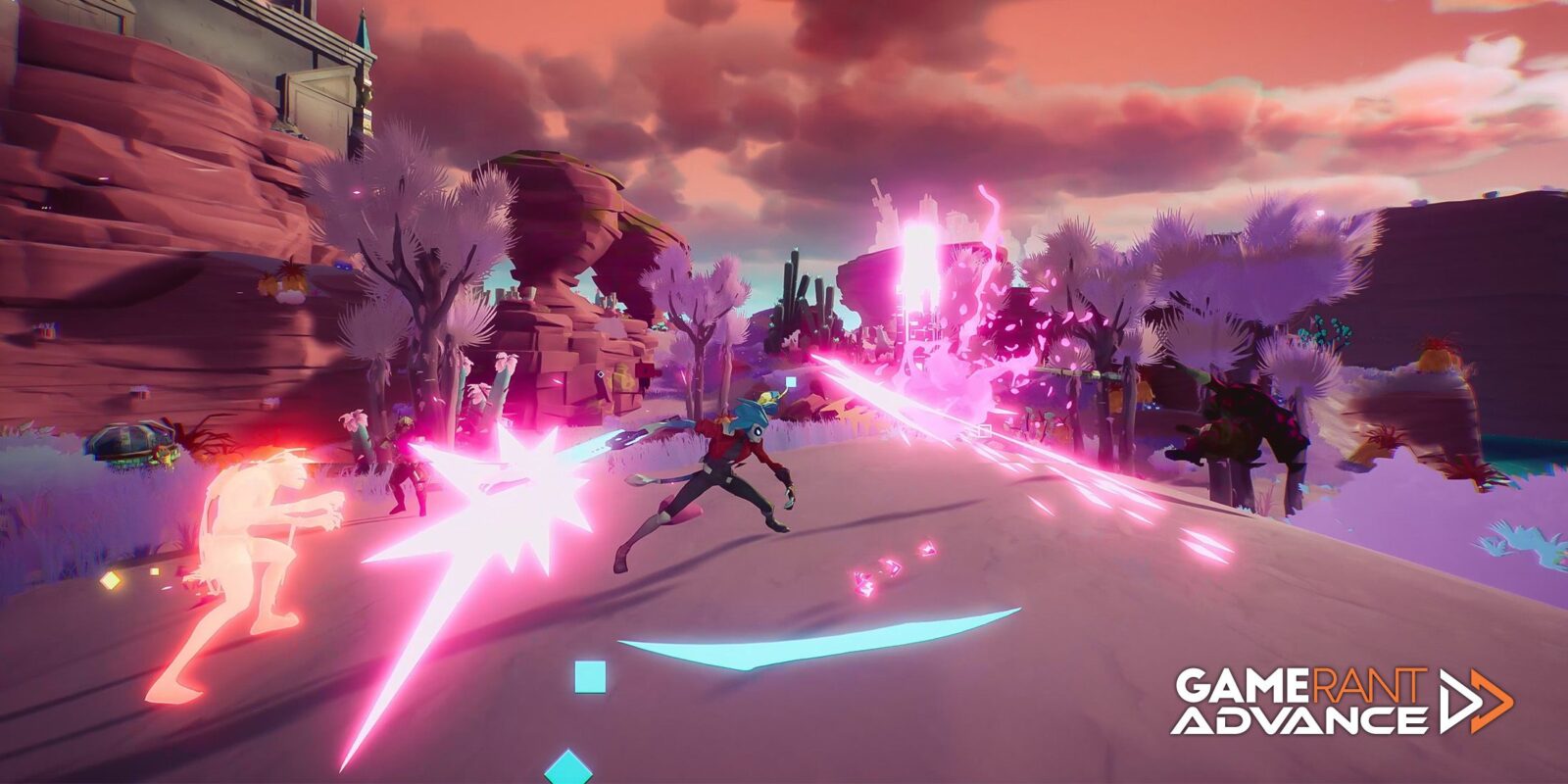
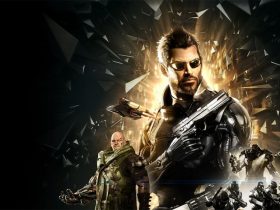
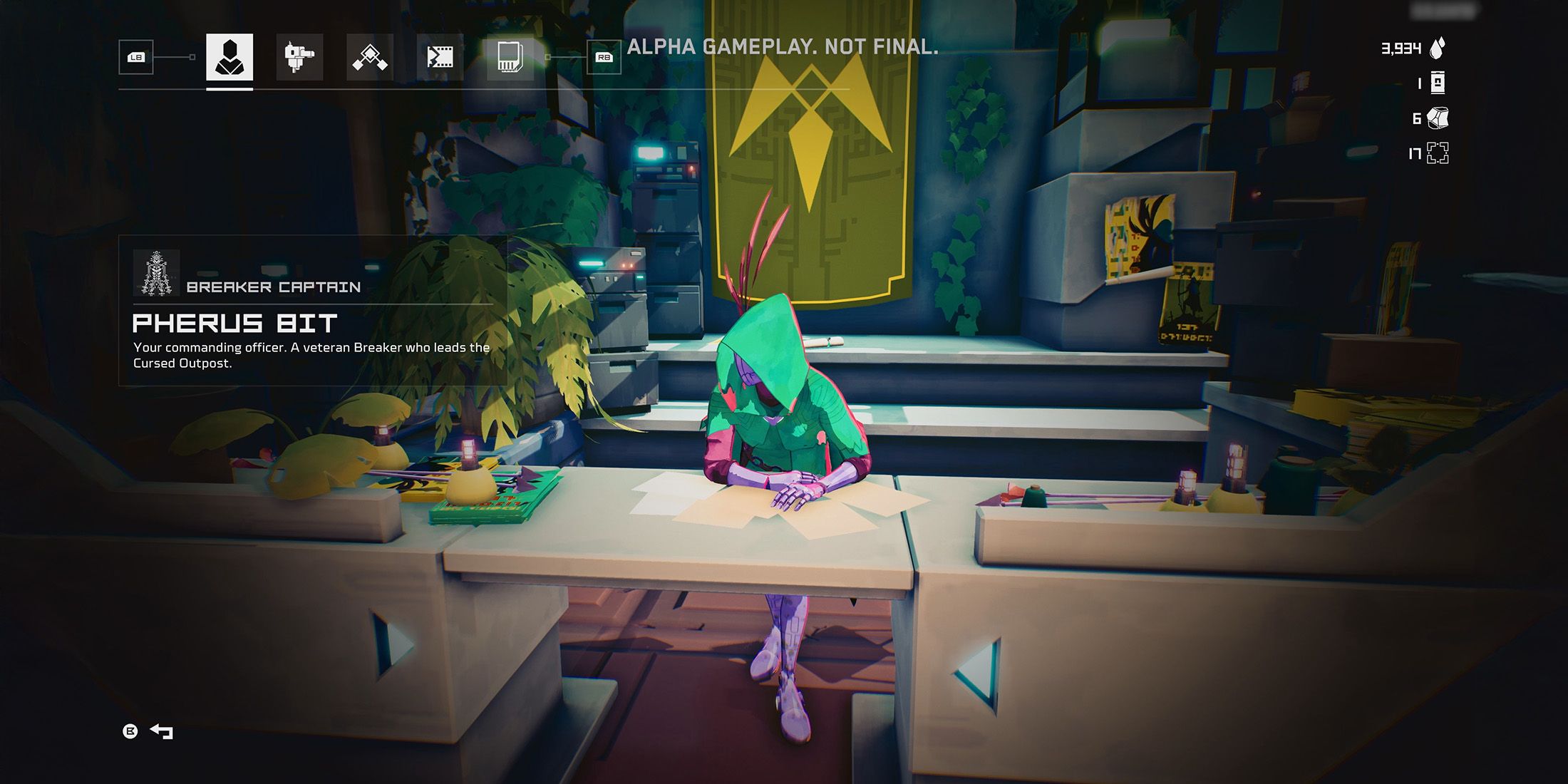
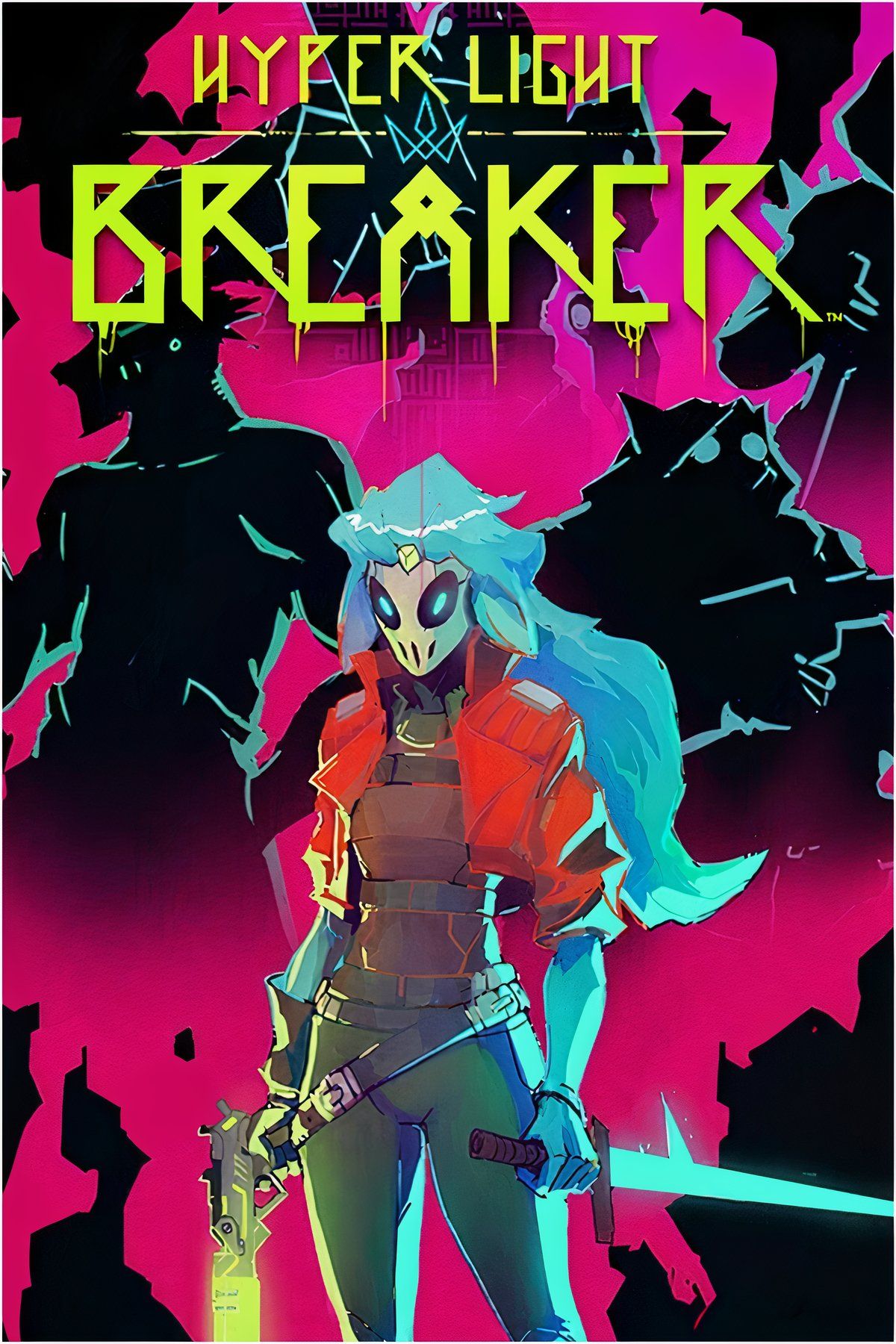
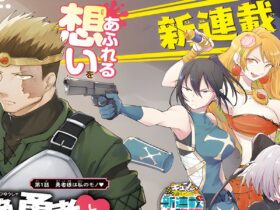
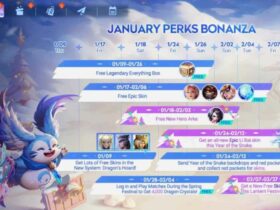
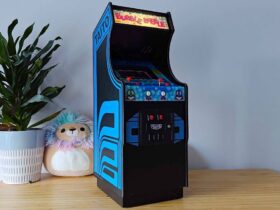

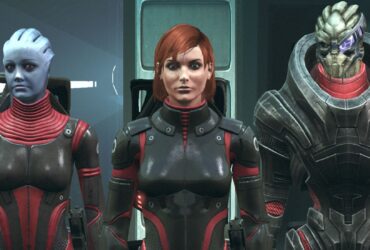
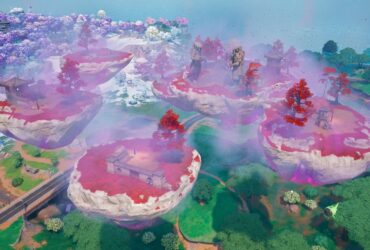
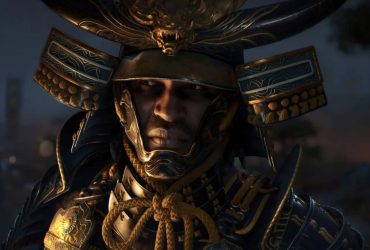

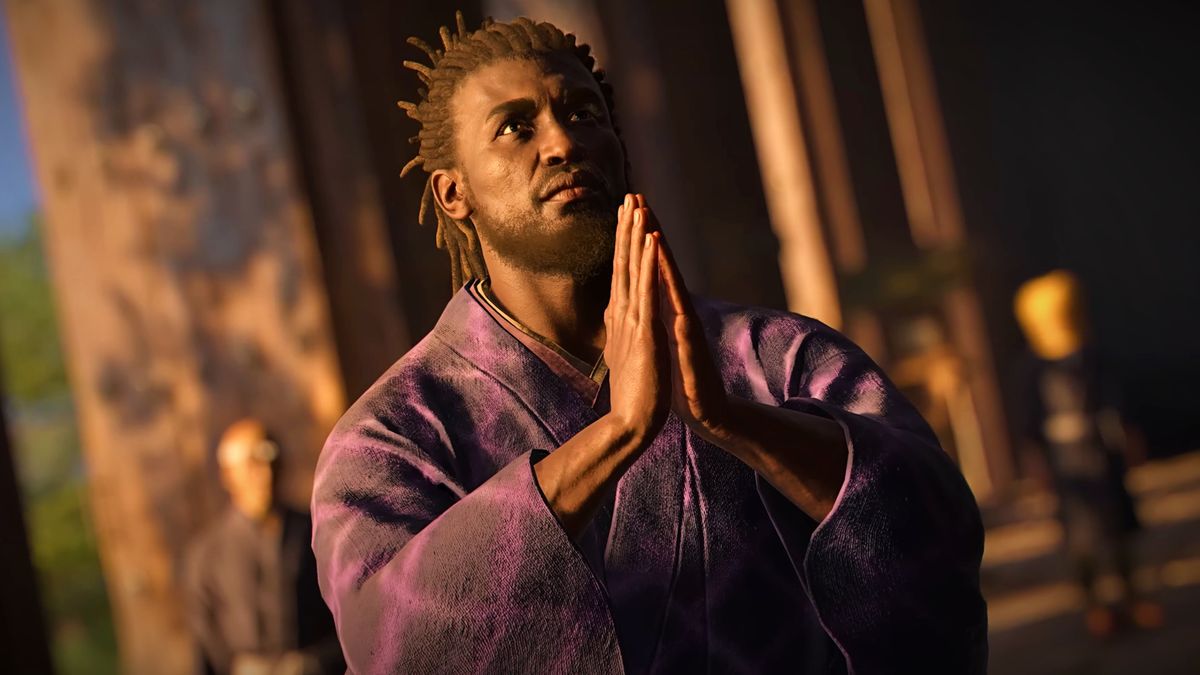
Leave a Reply